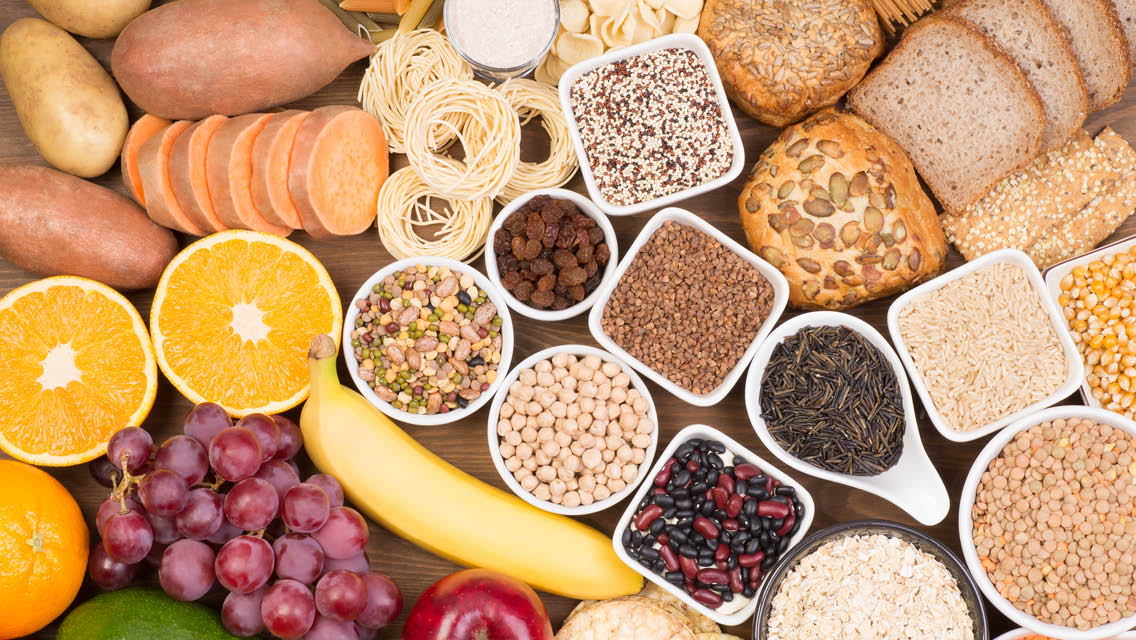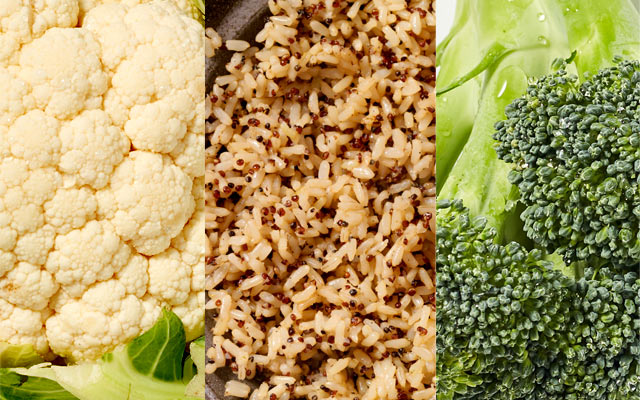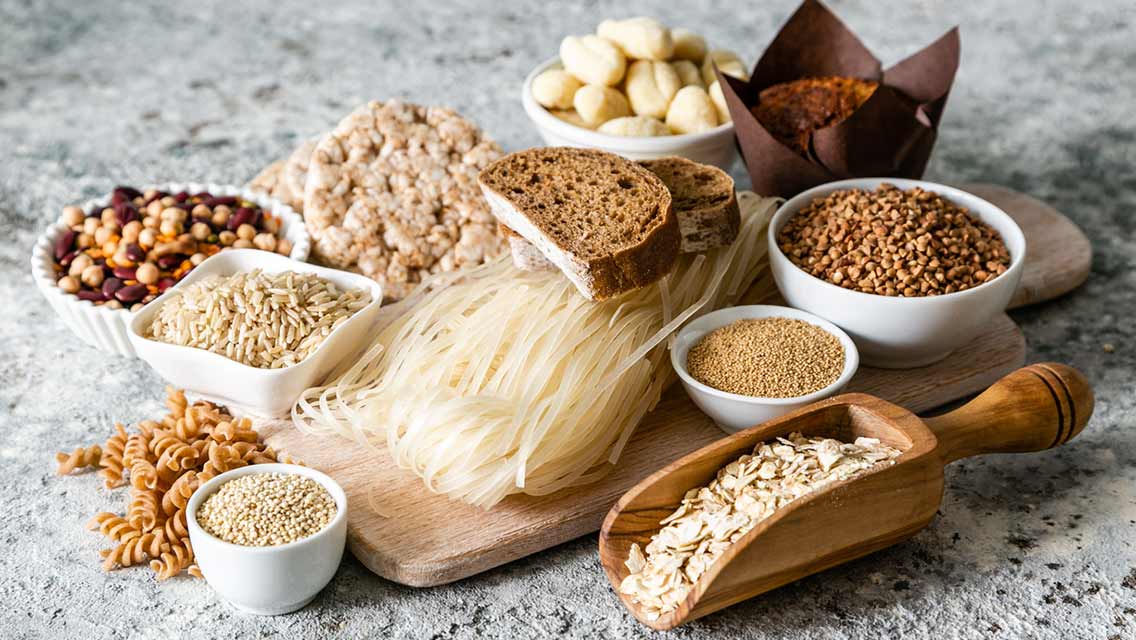Just as potatoes have come into question over the years, so have carbohydrates writ large. Yet most nutrition experts are quick to point out that not all carbohydrates are created equal. The type found in potatoes, for example, is a complex form called amylose, says functional-medicine-trained dietitian Heidi Moretti, MS, RD.
“This means that when you eat potatoes, they digest more slowly than sugar, which is a simple carb,” she explains. “Because they have carbs, potatoes can increase blood-sugar levels, but the way they’re prepared and what you eat them with can change this drastically.”
Because they have carbs, potatoes can increase blood-sugar levels, but the way they’re prepared and what you eat them with can change this drastically.”
For example, if you drizzle extra-virgin olive oil on a boiled potato and serve it with protein, she says, you will soften its effect on your blood sugar.
Different potatoes also have different starch levels. Waxy varieties, like fingerling or red potatoes, have lower starch. They have a milder blood-sugar impact than their starchier counterparts, like russets, which are most commonly used in fries and chips. (Avoid these preparations and you’ll also avoid the trans fats that usually accompany them.)
Finally, as with most dense carbohydrate sources, moderation is important.
“If you eat a small amount of potatoes, like half a cup, your blood-glucose impact will be much less than if you eat a big serving,” explains Moretti.
This was excerpted from “The Great Potato Comeback” which was published in the March 2022 issue of Experience Life magazine.





This Post Has 2 Comments
Potatoes contain only 20% amylose – similar to corn with 25% amylose and rice with 19% amylose. The resistant starch in potatoes has nothing to do with its amylose content – it is due to the structure of the starch granule. Intact starch granules (uncooked) are resistant to digestion because of the granule – Type 2 Resistant Starch – raw potato starch sold as a supplement may contain up to 70 or 80% resistant starch. When potatoes are cooked, however, that granule barrier is disrupted and the starch becomes rapidly digestible. If the cooked starch is cooled, some retrograded RS3 is formed, but it is a minor component. One 2016 reference measured resistant starch in potato products. They reported about 3.5-3.8% resistant starch in hot cooked potatoes, which increased to 4.7-5.4% in chilled potatoes (depending on the variety). http://www.sciencedirect.com/science/article/pii/S0308814616305052. But, the amylose portion of this story is not correct.
I think it goes without saying that while carbs are found in different foods, they aren’t always treated the same, for lack of better terms. This piece goes a long way in illustrating this.